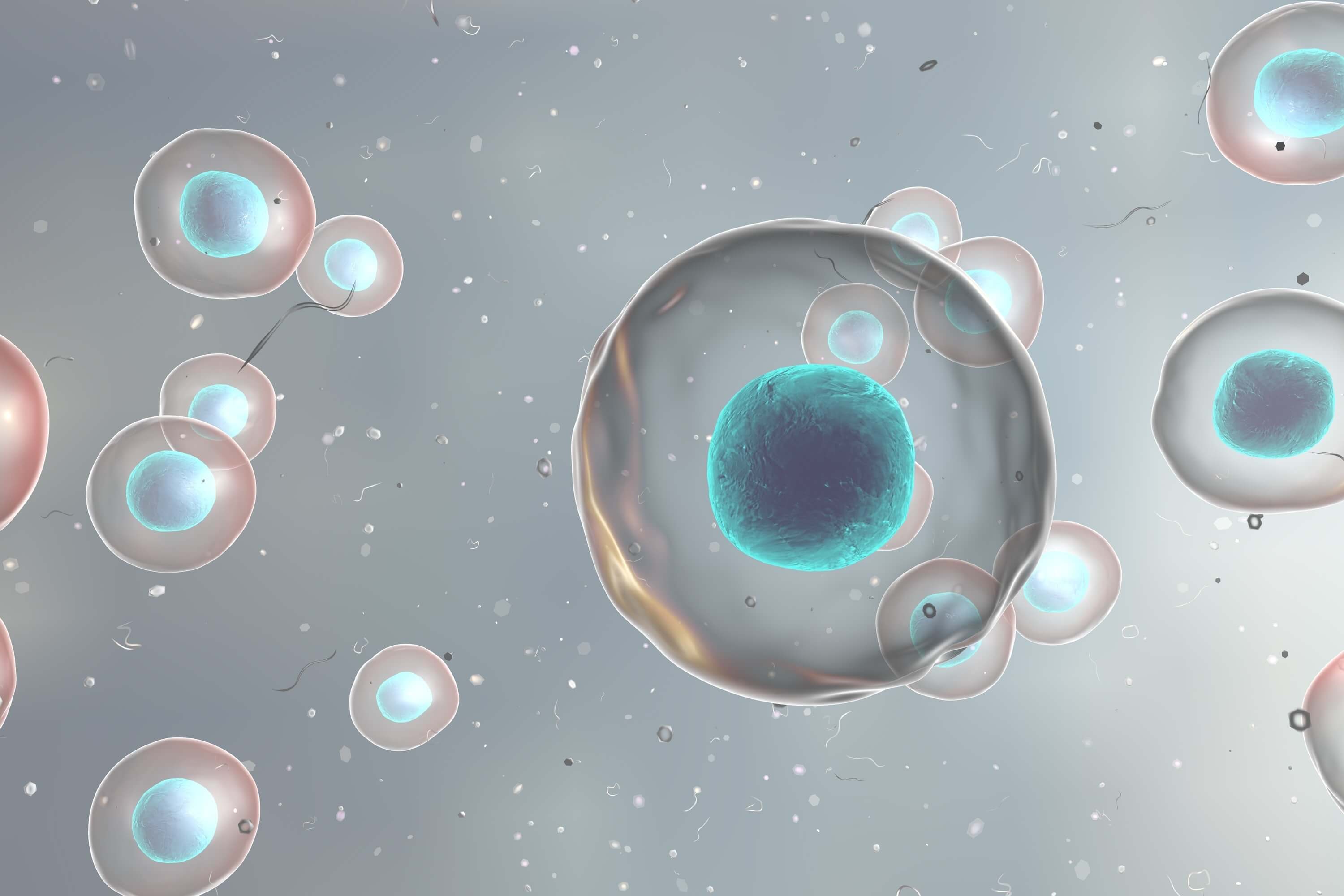Santa Monica, CA – A year after announcing their partnership, Bio-Rad and Illumina launched their Single-Cell Sequencing Solution at the JP Morgan Healthcare conference in San Francisco. The “seamless and scalable” solution, includes; 1) Bio-Rad’s droplet portioning technology, ddSEQ Single Cell Isolator; 2) the co-developed SureCell whole transcriptome 3’ Library Preparation Kit; and 3) Illumina’s sequencing platforms and cloud based data analysis software. Arguably, Illumina would have captured the continued growth in single cell sequencing without this partnership. However, an integrated solution could drive greater single cell genomic experimental volume through Illumina’s sequencers, and facilitate adoption from less sophisticated customers likely to appreciate streamlined and validated workflows. In any case, genomics researchers, many of whom have access to Illumina’s sequencing platforms, can enter the single cell field with the addition of the ddSEQ Single Cell Isolator, after parting with $60,000, potentially driving placements for Bio-Rad.Don't miss out on the latest news in the market. Sign up for the DeciBio newsletter. Illumina and Bio-Rad launched their solution months after 10X Genomics, who launched the Chromium Single Cell Controller at the American Society of Human Genetics (ASHG) in October last year, initially available for $50,000. 10X’s platform, application specific sequencing preparation kits, and their analysis software, provides an almost fully integrated solution. Sequencing, however, is still conducted on Illumina platforms (HiSeq, NextSeq and MiSeq compatible). At ASHG, 10X upped the ante in response to the market demand for higher throughput and scalable methods. 10X’s Tarjei Mikkelsen presented data to a packed room on a study analyzing a staggering 1.3 million mouse brain cells, 10 times more than the largest study at that time. More data emerged this week, in an article published in Nature Communications co-authored by 10X and The Fred Hutchinson Cancer Research Center, demonstrating the capabilities of 10X’s single cell solution, which was used to characterize the transcriptome of ~250 thousand single cells.Other large life science research tools players have entered the market, again focused on providing an end-to-end solution. Takara Bio USA announced the acquisition of WaferGen Biosystems in May of last year, gaining access to their ICell8 Single-Cell System, and the acquisition of Rubicon Genomics this past December, gaining access to single cell and low-input sample preparation kits. In mid-2015, BD also entered the single cell genomics market with their acquisition of Cellular Research. Yesterday, BD announced commercial availability of their Precise Whole Transcriptome Analysis (WTA) reagents for single cell research, which are based on Cellular Research’s molecular indexing technology that allows for the detection and absolute quantification of individual mRNA molecules in single cells. Competition continues to heat up as the excitement about the potential for single cell biology to shape our fundamental understanding of health and disease is driving big investments.Access the latest trends and analysis in the industry by downloading our market intelligence reports. In September of 2016, Facebook CEO announced a $600M funding commitment from the Chan Zuckerberg Initiative to create a research biohub in collaboration with UC Berkeley, UC San Francisco, and Stanford University. One of the Biohub’s first initiatives is to assist in the Human Cell Atlas, the creation of a reference map describing every single cell in the human body, to accelerate progress in biomedical science. Researchers from around the world will gather at Stanford for the next Human Cell Atlas meeting in late February to discuss technological challenges and opportunities in approaches such as large-scale single-cell RNA sequencing. Undoubtedly there will be robust discussion of suitable methodologies including the platforms / solutions of all the players mentioned above.In contrast to the aforementioned companies, Fluidigm has been in the single cell genomics market for years, essentially building the market as the first to offer researchers a single cell specific integrated solution. Recently, however, they have faced headwinds and just reported a 19% decline in Q4 2016 revenues, which dropped from $30.7M to ~$25M. Last October, Chris Linthwaite, an experienced life science executive, replaced Gajus Worthington as CEO. We wait to see what this change in leadership will mean for Fluidigm’s long-term position in the single cell genomics market.The activity over the past year has begun to address one of the biggest moderators of the market, a lack of high throughput end-to-end solutions designed for sequencing as the downstream technology. We continue to anticipate partnership activity and look to the companies to address other key moderators of this market, particularly the complexity of single cell genomic data analysis. Companies that can provide software solutions that allow researchers to derive actionable insights from their data will be well positioned as the market continues to grow.Another key moderator of the market is the technical challenge associated with sample preparation of the limited genomic material available single cells. Technical advances will have an important role to play in the growth of the single cell genomics market. One of the key questions when analyzing single cell transcriptome data, is whether the differences observed between samples are technical or biological. Ways to reduce technical noise include capturing as many transcripts as possible (i.e. increased sensitivity), and reducing differences in transcript levels introduced by selective PCR amplification (i.e., amplification bias). A paper published in Nature Methods this week takes steps to address both, describing a highly sensitive method for single-cell sequencing of total RNA called multiple annealing and dC-tailing-based quantitative single-cell RNA-seq (MATQ-seq). Reduction in technical noise will allow researchers to have increased confidence in their interpretations of biological differences which informs our understanding of biological significance at the single cell level.Single Cell Genomics Market Drivers and ModeratorsKey Drivers:
- Market shift towards single cell sequencing (SCS)
- Novel methods with increased throughput capacity for cell isolation
- New platforms for preparation of cells for downstream sequencing
- Entry of large life science research tools (LSRT) players into the market, with strong commercial and marketing capabilities
Key Moderators:
- Lack of high throughput end-to-end solutions designed for sequencing as a downstream technology
- Workflow complexity, particularly in computational analysis downstream of sequencing
- High sequencing cost relative to prior analytical technologies
- Continued challenges in amplifying DNA with high coverage and without bias
- Limited short-term clinical applications
If you are interested in discussing recent events in the single cell genomics field, contact us today or send me an email. Also, check out our recent update on immuno-oncology diagnostic biomarkers among other blogs covering life science research tools and clinical diagnostics industries.---Disclaimer: Companies listed above may be DeciBio clients and/or customers.

Author: Miguel Edwards, Senior Associate at DeciBio Consulting, LLCedwards@decibio.comConnect with Miguel on LinkedInSources: DeciBio analysis, Company websites





.png)

